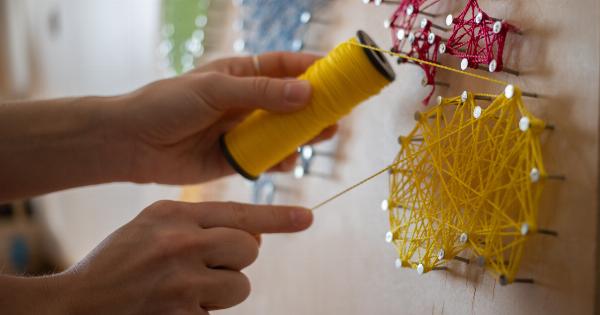Our nails may seem insignificant, but they can actually provide valuable insights into our overall health. Changes in the color, texture, shape, or thickness of your nails could be warning signs of underlying health conditions.
In this article, we will discuss ten common nail symptoms that you should never ignore.
1. Yellow Nails
If your nails turn yellow, it could indicate several potential issues. One possibility is a fungal infection, which can cause the nails to become thick, brittle, and discolored.
Yellow nails may also be a sign of a respiratory condition, such as chronic bronchitis or sinusitis. Smoking can also stain the nails yellow, so consider quitting if you are a smoker.
2. White Spots
Noticing small white spots on your nails once in a while is usually nothing to worry about. These are often caused by mild trauma to the nail bed, such as banging your finger or hand against something.
However, if you frequently see white spots appearing on your nails, it may indicate a zinc deficiency. Consider adding zinc-rich foods, such as oysters, beef, and pumpkin seeds, to your diet.
3. Brittle or Weak Nails
If your nails become brittle, weak, or easily breakable, it could be a sign of a nutrient deficiency. Insufficient intake of vitamins A, C, D, and E, as well as iron and biotin, can contribute to the weakening of nails.
Additionally, excessive exposure to water and chemicals, like cleaning agents or nail polish remover, can cause your nails to become brittle. Protect your nails by wearing gloves during household chores and consider taking supplements to provide the necessary nutrients.
4. Pitting
Pitting refers to the formation of small depressions or dents on the surface of the nails. This condition is often associated with psoriasis, a chronic autoimmune disease that affects the skin.
The underlying cause is a disruption in the growth of cells in the nail matrix. If you notice pitting on your nails along with other symptoms like red, scaly patches on your skin, it’s important to consult a dermatologist for further evaluation and proper management.
5. Spoon Nails
Spoon nails, also known as koilonychia, are characterized by nails that are concave and shaped like a spoon. This condition can be a sign of iron deficiency anemia or hemochromatosis, a disorder where the body absorbs too much iron.
Both conditions affect the body’s ability to produce healthy red blood cells. If you observe spoon-shaped nails, consult a healthcare professional to identify the underlying cause and receive appropriate treatment.
6. Clubbing
Clubbing refers to the enlargement of the fingertips and a change in the angle between the nail and the nail bed. The fingertips may appear rounded and the nail curves over the fingertip.
Clubbing is often associated with respiratory or cardiovascular diseases, as well as liver or gastrointestinal conditions. If you notice clubbing of your nails, it’s crucial to consult a healthcare provider for a thorough evaluation to determine the underlying cause.
7. Horizontal Ridges
Horizontal ridges, also known as Beau’s lines, are indentations that run across the nails. These ridges can be a result of various factors, including illness, trauma, malnourishment, or chemotherapy.
Severe infections, such as mumps or pneumonia, can also cause Beau’s lines. Pay attention to these ridges, as they may indicate significant health changes in your body.
8. Vertical Ridges
Vertical ridges are quite common and often appear with age. These ridges run from the cuticle to the tip of the nail and are usually harmless. However, in some cases, they can indicate anemia or nutrient deficiencies.
If the ridges are accompanied by other symptoms, such as fatigue or weakness, it’s advisable to consult a healthcare professional to rule out any underlying health issues.
9. Nail Separation
When your nails separate from the nail bed, it is known as onycholysis. This condition can be caused by an injury, infection, or reaction to medication. Nail separation can also be linked to thyroid problems, psoriasis, or certain skin conditions.
If you notice any detachment of your nails, consult a dermatologist to identify the underlying cause and receive suitable treatment.
10. Blue Nails
If your nails have a bluish tint, it could signify a lack of oxygen in the blood. This condition, called cyanosis, may be an indication of an underlying respiratory or circulatory problem.
It may also occur due to exposure to cold temperatures or certain medications. If you consistently observe blue nails, especially with shortness of breath or chest pain, seek medical attention immediately.


























